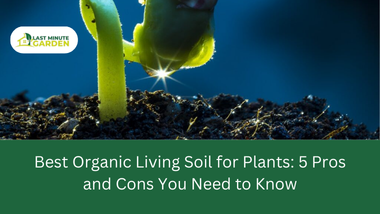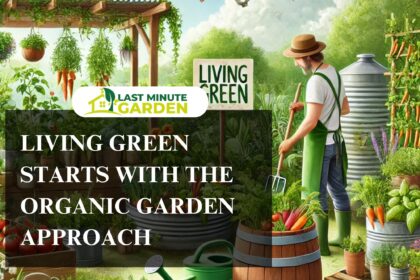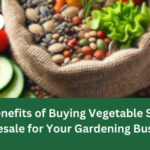Thinking about switching to organic living soil for healthier, more vibrant plants? This is the right place to be. Microorganisms are the building blocks of your soil so it is important to protect them and give them an environment in which they can thrive.
Although cheap synthetic fertilizers invigorate your crops in the short term, they strip the soil of life and pollute our waterways in the long term. In contrast, microorganisms act as a natural fertilizer and serve as a defense mechanism against harmful fungi, pests, and heat stress.
The cycle of life strengthens as you gradually reduce dependence on pesticides, fungicides, and other chemicals. Join me as we examine what organic living soil is, and go further to explain 5 pros and cons of the best organic living soil for plants.
What is Organic Living Soil?
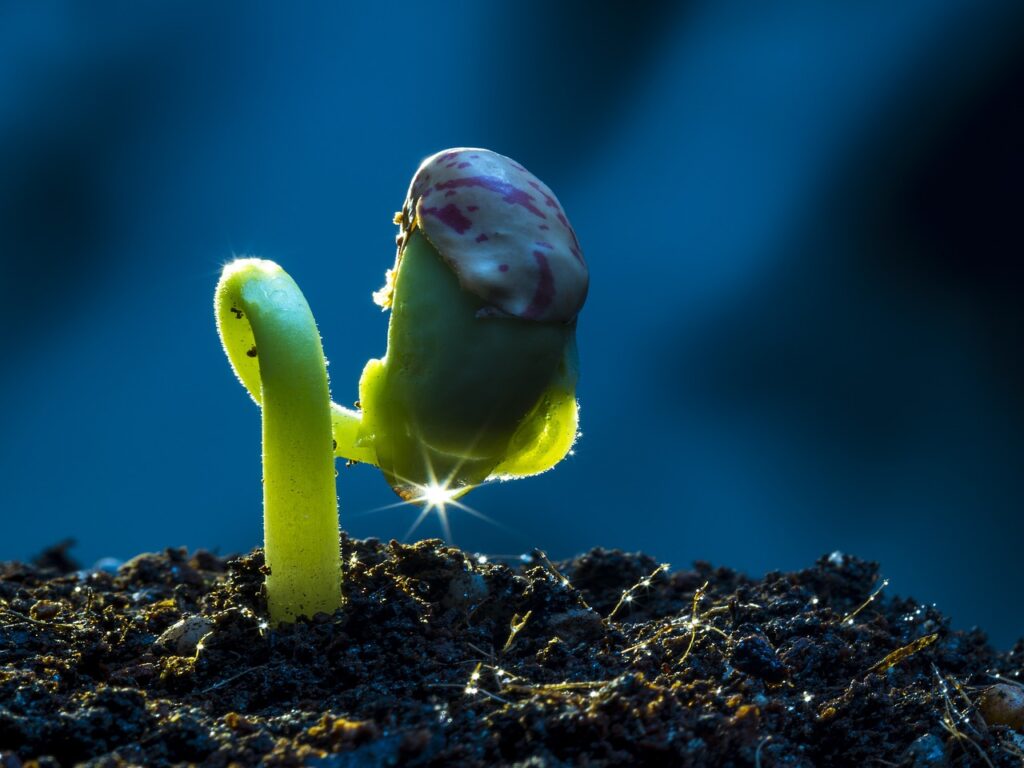
Organic Living Soil is a type of soil made from scratch using premium compost, minerals, and rock dust, to keep the soil forever.
It uses sustainable and natural ingredients like pumice instead of energy-intensive perlite and organic slow-release inputs for fertilizers. This allows plants to build relationships with the soil and feed themselves as nature intended.
Living Organic Soil growers avoid all fake organic inputs, which can include ingredients from non-organic and potentially toxic sources that still pass labeling standards.
Pros of Organic Living Soil
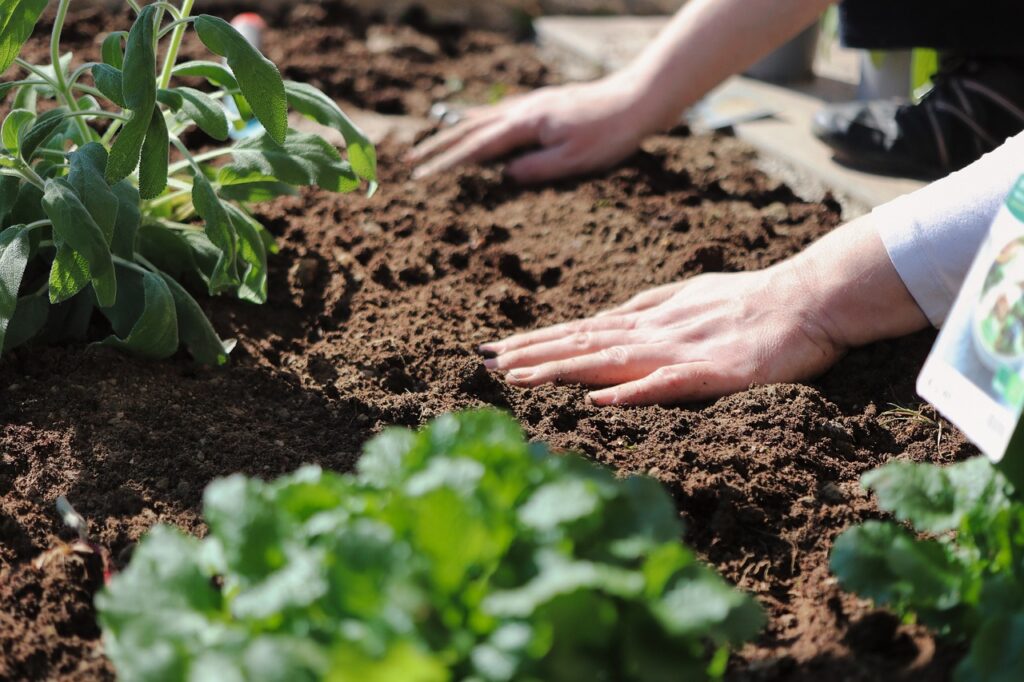
1. Organic living soil has more nutrients.
Insects and worms shred dead plant matter to increase the surface area for bacteria and fungi to consume and decay. Larger organisms consume the bacteria and fungi and, in return, excrete nutrients available to plants.
The organisms deposit these nutrients in the right place and quantity for the plants, generating them slowly over time.
Microbes in the soil break down organic matter and create humus which have an ionic charge that holds nutrients in the soil.
This improves the structure of the soil and prevents water from leaching the nutrients out of the soil. Microbial activity also fixes nitrogen in the air which helps grass and plants pull nitrogen from the air and deliver it in a consumable form to plants.
2. Living soil lessens dependence on chemicals and synthetic fertilizers.
Microbes and plant roots have a symbiotic relationship. Together they fight off harmful fungi and bacteria. This protects your plants and grasses and reduces the likelihood that you will need fungicides or other strong chemicals.
Strong chemicals like fungicides pollute the environment and strip your soil of both harmful and beneficial bacteria.
A healthy root, microbe, and organism system also work in harmony to produce more natural fertilizers, retain added fertilizers, and spread fertilizers to the roots.
3. Living soil aerates naturally.
Unbalanced, compact soil drains the water too quickly and blocks air circulation. Soil with healthy biology, in contrast, creates the perfect mix of large and small pore spaces that regulate the flow of air and water.
In addition, larger organisms like insects and worms dig deeper pores around the roots of your plants.
Good, porous soil allows water to drain more slowly and air to flow more easily, especially in the most important areas around the roots.
4. Living soil improves crop quality.
Because healthy soil has more pores, better texture, and more distributed nutrients, your plant’s roots can expand further and stronger.
Many of the organisms bring additional nutrients directly to the roots, giving the plants the access they need to grow stronger and healthier.
Living soil helps produce nutrient-dense fruits, vegetables, and herbs, often with improved flavor, texture, and color.
Living soil prevents weed growth.
Many types of weeds have evolved to thrive in poor soil. As any homeowner can attest, they grow in even the most adverse terrain and reproduce quickly.
Healthy soil supports more desirable plants, leaving less space for weeds. Plants and grasses in good soil choke out the weeds by expanding their root systems wide and deep.
Cons of Organic Living Soil
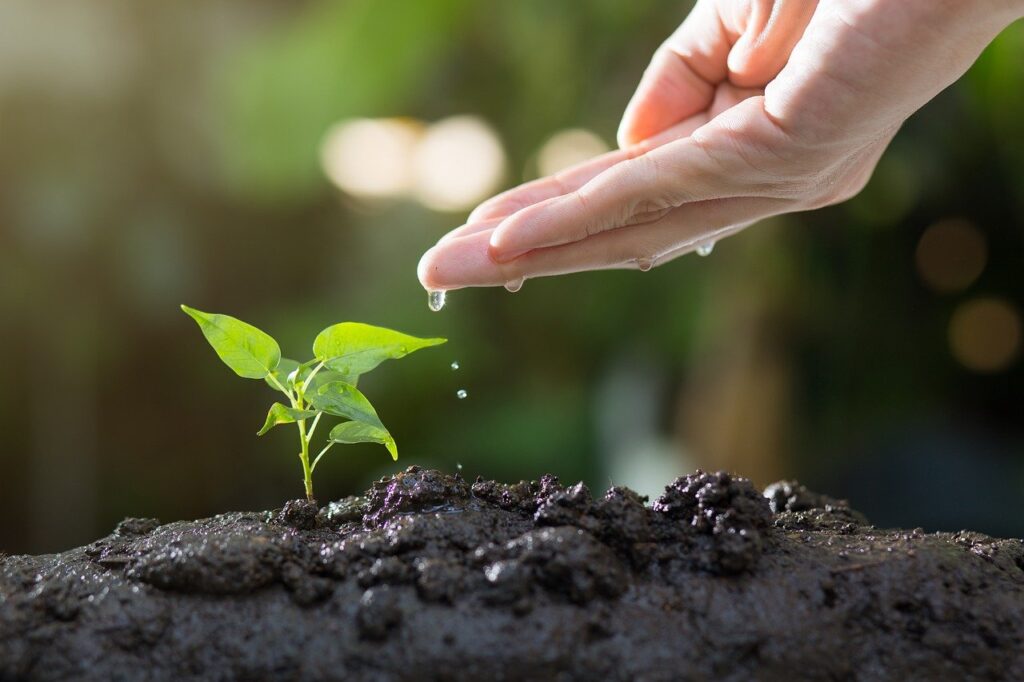
Just as every good thing comes with its side effects, organic living soil is not exceptional. Here are the cons of the best organic living soil:
1. Higher Initial Cost
It’s expensive to start and generally does best when you have a large volume of grow medium. Organic Living soil often contains premium ingredients like compost, worm castings, beneficial fungi, and microorganisms, which add up to the cost.
Compared to synthetic fertilizers and conventional soil mixes, organic living soil may seem pricey upfront.
As such a bag of living soil may cost many times more than that of a standard grow shop soil. Given that most growers get great results from traditional types of grow medium, they may feel reluctant to try something new especially when it’s expensive.
2. Requires More Maintenance
Living soil demands ongoing care to retain its beneficial properties. To keep it alive, you’ll need to often add compost, organic matter, and occasionally other amendments to keep the microbes healthy.
This means that more time will be spent on upkeep compared to conventional soil. Compost may need to be added every few months, and organic matter should be turned into the soil occasionally.
Additionally, organic soil is more susceptible to moisture variations, so monitoring its moisture levels is very important to ensure a stable environment for the microbes.
3. Slower Results
Living soil provides a slow release of nutrients because microbes break down organic matter over time. It is not advisable for gardeners who need a rapid boost in plant growth or have plants that require immediate nutrient support.
Synthetic fertilizers can give quick, visible results because they offer nutrients in a readily available form, which living soil doesn’t. This slower pace may disappoint those looking for faster germination, flower production, or crop yield.
4. Risk of Pests and Pathogens
Organic living soil includes decomposing organic matter and varieties of microorganisms. While these contribute to soil health, they can also attract pests or harbor harmful pathogens, especially if improperly stored.
Compost can sometimes contain weed seeds, fungal spores, or insect eggs. Without proper composting methods, pathogens like root rot fungi or nematodes can proliferate and potentially harm plants.
To minimize risks, it’s best to buy certified organic products and avoid storing soil in damp or overly warm conditions, which can create breeding grounds for pests.
5. Variable Quality
Not all living soils are created equal. The quality can depend on factors like where the soil is sourced, how it’s processed, and what ingredients are included.
Some living soils may lack a balanced nutrient profile or may not contain enough beneficial microbes to support healthy plant growth. If the soil is of inconsistent quality, you will experience varying plant performance or even nutrient deficiencies.
Final Thought
Choosing the best organic living soil for plants depends on your commitment to plant care and sustainability.
Organic living soil is excellent for sustainable gardening and supports plant health in a way that synthetic alternatives simply can’t replicate. It provides plants with nutrients, improves crop quality, and prevents weed growth.
However, its demands on cost, maintenance, and storage mean that it’s best suited for those who are prepared to invest both time and effort into its care.



